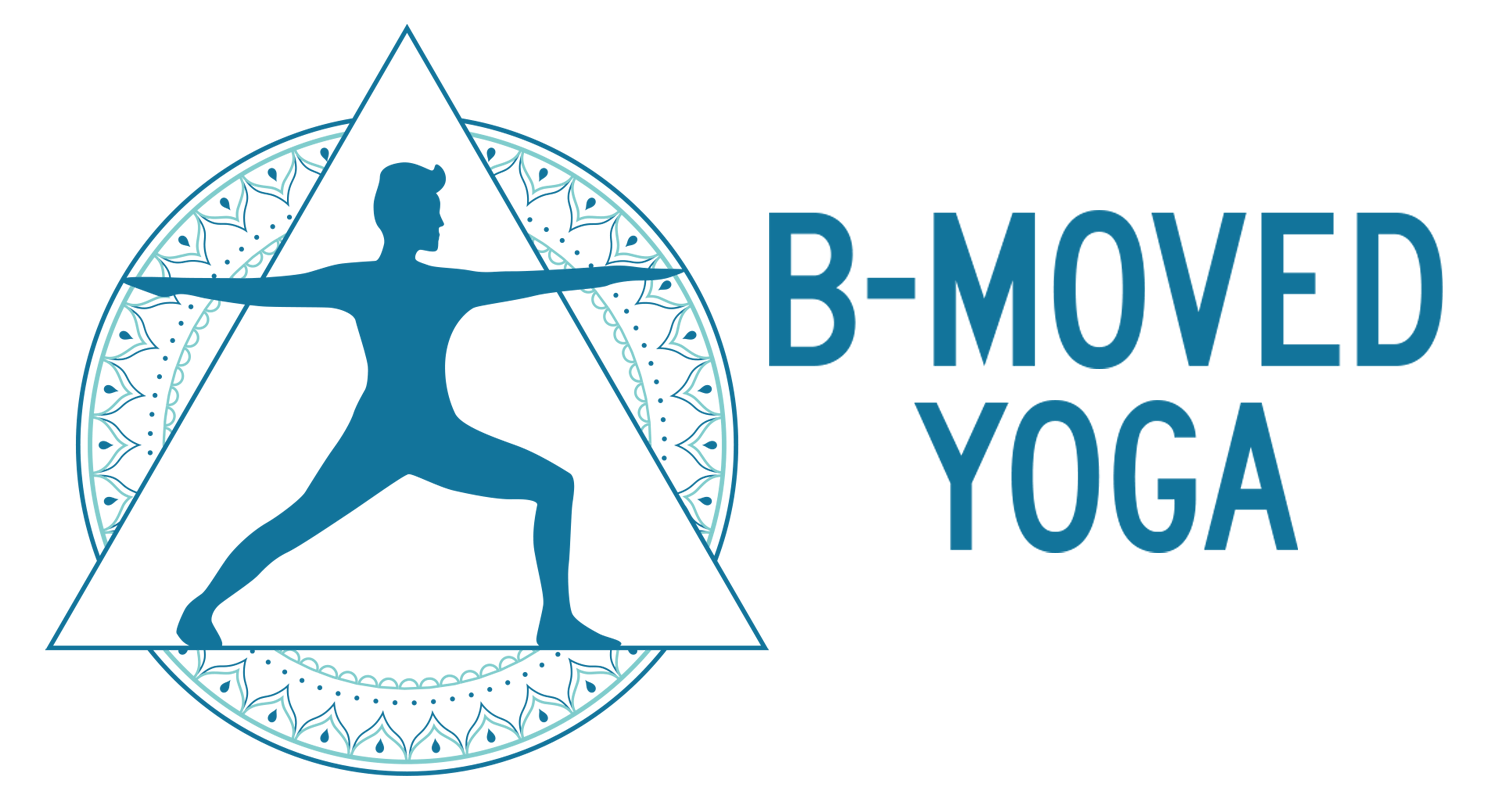Is “pull your shoulders down” a good instruction?
If there’s one thing I’ve learned in the past few years of studying with anatomy and physiology pros, it’s that there’s rarely a binary answer to these types of questions.
When I get asked questions like this, I consider who the cue is for and in what context it’s being used, as well as what position and effort we’re trying to achieve using this instruction.
If we are standing in mountain pose with our arms reaching downward, this cue may be appropriate, though perhaps unnecessary.
If we are reaching our arms up over our heads (this is called shoulder flexion), intentionally pulling our shoulders down doesn’t make any sense.
If we want our arms to go up, why would we pull any part of our shoulder down? We would be overriding natural bone rhythms, limiting our range of motion, quite literally resisting against ourselves.
I suspect that this cue has origins in good intentions and/or aesthetics rather than anatomical or biomechanical reasoning. It may also have roots in “optimal posture” which doesn’t exist. The best posture is the one you just moved into. In other words, movement skills under load (even bodyweight only) are more valuable than any static posture. We are dynamic beings, so it stands to reason that movement quality matters more than any static posture.
Just a quick thought about posture, as in, how we hold our body at any given time (at your desk, standing in line at the grocery store, etc.) Since your shoulders are not your spine, and your spine is not your shoulders, the positioning of the shoulders do not make or break “good” posture.
If one understands how the shoulder joint and the scapula work together, this all becomes much clearer.
The relationship between the scapulothoracic joint and glenohumeral joint is called “scapulohumeral rhythm” (also known as glenohumeral rhythm.) How well the scapula moves will determine how much range of motion the shoulder joint can express.
The shoulder complex is well, COMPLEX. There are a lot of moving parts and a huge potential for movement. If we habitually resist movement in the scapula, we will impede the movement of the shoulder complex. Over time, we may lose the ability to move in these ranges. “Use it or lose it” might be trite, but it’s true.
The muscles that move the scapula also stabilize it. Muscles that are stronger and more capable at movement will also be more effective stabilizing muscles. Disclaimer: Because human movement is so nuanced and multifaceted, this is an oversimplification but one that I stand by for the sake of brevity.
The primary movements of the scapula are: Elevation, Depression, Retraction, Protraction, and Upward Rotation. None of these movements are “better” or “worse” - they are all vital to the tensional balance and movement expression of the shoulder complex. There are no “pure” directional movements either, our functional movements draw upon one or more of the above.
In my experience, there is some conflation between Elevation and Upward Rotation. Upward Rotation is exactly what the name implies. The scapula rotates upward. The inferior angle (bottom tip) of the shoulder blade moves laterally (outward) and upward as the arms go up. The superior angle (top tip) moves medially and slightly downward as the arms go up.
So that begs the question - WHICH aspect of the shoulder (blade) is supposed to be pulled down when we’re given that instruction?
Here’s a helpful image displaying scapulohumeral rhythm:
Image source: boneandspine.com
Elevation is when the scapula moves in the sagittal plane, upward toward the head, without rotating laterally. This movement feels like a “shrug”, and while it’s not a position we want to be in chronically, intentionally elevating the scapula is a vital, healthy movement skill to practice. In fact, if you experience sensations of tightness in your traps, they are telling you that they WANT to contract and perhaps need to be stronger. Again, this is a generalization and a simplification, but in my experience it holds true.
Here’s a brief animation that helps us to “see” scapulohumeral rhythm in action.
In FRC® we learned how to isolate the 4 cardinal movements of the scapula in various positions and loads. If you’ve taken my yoga classes, you’ve probably practiced scapular CARs with me and it’s something we should do daily! Check my YouTube channel for shoulder-focused practices.
I won’t go too far into the weeds about the contraindications of pulling our shoulders down our backs when the arms are overhead. Instead, consider allowing for natural bone rhythms to help maintain appropriate muscular tension and to minimize impingements in the intricate joints.
I hope this short article was useful, but feel free to get in touch if I’ve muddied the waters.



